4.8 out of 5 Stars on TrustPilot
Ultimate Guide to Brick Slips
Brick slips, also known as brick tiles or veneers, are thin cuts of brick, or purpose-made brick-like slabs, used as a surface material. They’re a popular choice for those looking to create the appearance of a brick wall without the need for structural modifications. Whether you’re considering them for your next home renovation project, or you’re just curious about their application and benefits, this ultimate guide to brick slips will help you understand everything there is to know.
What are Brick Slips?
Brick slips are essentially the face of a brick. They are usually about 20mm thick but can be thicker or thinner depending on your requirements. They are made by slicing off the face of a brick or by manufacturing a thin, brick-like slab. Brick slips are for indoor and outdoor use. They also offer the aesthetic of a traditional brick wall without the same level of commitment or structural need.
Benefits of Brick Slips
There are several reasons why homeowners and designers alike gravitate towards brick slips:
1. Versatility – Brick slips are used in a variety of settings, from living rooms and kitchens to exterior walls and commercial spaces. They’re also available in a range of colours, textures, and finishes. Therefore, making it easy to match them to your design aesthetic.
2. Durability – Despite being thinner, brick slips are just as durable as regular bricks. They’re resistant to wear and tear, and weather conditions, and can last for years with minimal maintenance. This is due to the materials they are manufactured from. Acrylic, cement, clay, and real brick all have weather-resistant properties.
3. Easy Installation – Brick slips are lighter and easier to install than full-sized bricks. They can be affixed to virtually any surface, including plasterboard and insulation boards, using adhesive. Crucially, they are simple to cut. Whilst cement, clay and real brick require a power tool, acrylic slips can be shaped around corners and cut with household scissors. They are therefore extremely simple to use on site. The ease of manoeuvring also makes them an ideal DIY solution.
4. Space Saving – Brick slips don’t require the same depth as a full brick. Therefore, they’re a great way to save space, especially in smaller rooms.
5. Insulation: Brick slips provide good thermal insulation and can help maintain a comfortable temperature in your home.
EWI Store’s range
The EWI Store Brick Slips realistically mimic the appearance of traditional brickwork whilst injecting modern elements into their design. They suit the tastes of both traditional and modern designers. The lightweight nature of the slips makes them suitable for most scenarios, including a bedroom, living or dining room feature wall. They can also provide a rustic alternative to traditional kitchen tiles or the basis for an external cladding project.
Acrylic brick slips
Acrylic brick slips rely on an acrylic aggregate to increase weather resistance. Microscopic acrylic fibres are additives that result in the brick slips being incredibly lightweight and very easy to handle. They can also be cut with most household scissors and are easily shaped to fit around corners. A range of colours ensures that you have full control over the finished aesthetic.
The acrylic brick slip system consists of only two products; the adhesive and the brick slips. Once the slips are fully embedded, the adhesive acts as the grout. This combination creates a cost-effective system that is a DIY dream!
-
Elabrick Brick Slips – Alaska
From £59.99 Incl. VATFrom £27.59 Incl. VATFrom £22.99 Excl. VAT -
Elabrick Brick Slips – Blackpool
From £59.99 Incl. VATFrom £27.59 Incl. VATFrom £22.99 Excl. VAT -
Elabrick Brick Slips – Colorado
From £59.99 Incl. VATFrom £27.59 Incl. VATFrom £22.99 Excl. VAT -
Elabrick Brick Slips – Cordoba
From £59.99 Incl. VATFrom £27.59 Incl. VATFrom £22.99 Excl. VAT -
Elabrick Brick Slips – Corsica
Rated 4.00 out of 5From £59.99 Incl. VATFrom £27.59 Incl. VATFrom £22.99 Excl. VAT -
Elabrick Brick Slips – Nebraska
Rated 5.00 out of 5From £59.99 Incl. VATFrom £27.59 Incl. VATFrom £22.99 Excl. VAT
Clay brick slips
As with most clay, clay brick slips are fired in kilns. Therefore, they maintain their natural and recyclable nature. The classic manufacturing process, combined with modern brick slip technology creates a slip that is easy to install and provides a rustic aesthetic. Clay will portray distinctly earthy tones and is suitable for internal and external applications.
Crucially, clay bricks are environmentally friendly as they do not release cadmium. They also hold frost resistance, water absorbability, resistance to stains, impact resistance, flexibility, chemical resistance, and resistance to agents of domestic use.
Cement brick slips
Cementitious brick slips carry the inherent benefits of cement; they are generally strong, durable, and weather-resistant. They are fully customisable in terms of colour, texture, and size. As they are generally formed by being poured into moulds, they are consistent in size and shape.
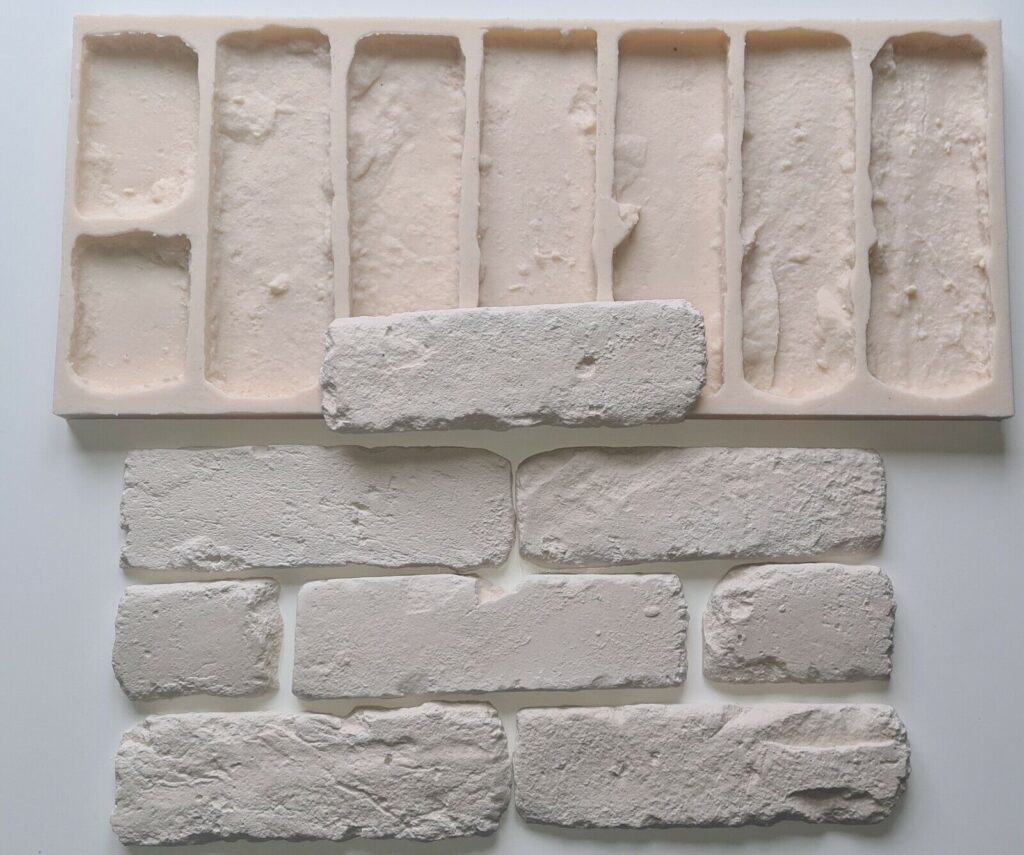
Cement does offer a brutalist aesthetic to the final finished product, which can be a desirable design choice. The aesthetic is supplemented by durability and low maintenance. Cement brick slips are resistant to weathering, rot, and insects, making them a long-lasting cladding option.
Real bricks cut brick slips
Real brick cut brick slips, also known as brick veneers or brick tiles, are thin slices of actual bricks that are used as a decorative and functional cladding material for interior or exterior walls. They are cut from standard-sized bricks and range in thickness from around 15mm to 25mm (0.6 to 1 inch).
The natural benefit of utilising real brick-cut brick slips is the appearance of a full brick wall at a fraction of the cost. The structural burden is also lower as they are fairly lightweight, which maintains the durability of a regular brick. It is also possible to reclaim old bricks to manufacture real brick cuts. As such, they are sustainable and renewable.
Brick slips in practice
The preeminent design feature of brick slips is their unbridled versatility. From acrylic, to cement, to real brick off-cuts, the breadth of creative freedom that brick slips offer is unmatched. For example, acrylic brick slips in a deep red colour seamlessly fit into heritage renovations; the slips are inlaid to mimic Edwardian brickwork alongside the infamous timber framing.

If you have recently used brick slips, or you’re looking to do us, leave us a comment below!
Facebook
Twitter
LinkedIn
Your cart
Trade Account Login

We use cookies on our website to give you the most relevant experience by remembering your preferences and repeat visits. By clicking “Accept All”, you consent to the use of ALL the cookies. However, you may visit "Cookie Settings" to provide personalised consent.
Manage consent
Privacy Overview
This website uses cookies to improve your experience while you navigate through the website. Out of these, the cookies that are categorized as necessary are stored on your browser as they are essential for the working of basic functionalities of the website. We also use third-party cookies that help us analyze and understand how you use this website. These cookies will be stored in your browser only with your consent. You also have the option to opt-out of these cookies. But opting out of some of these cookies may affect your browsing experience.
Necessary cookies are absolutely essential for the website to function properly. These cookies ensure basic functionalities and security features of the website, anonymously.
| Cookie | Duration | Description |
|---|---|---|
| __stripe_mid | 1 year | This cookie is set by Stripe payment gateway. This cookie is used to enable payment on the website without storing any patment information on a server. |
| __stripe_sid | 30 minutes | This cookie is set by Stripe payment gateway. This cookie is used to enable payment on the website without storing any patment information on a server. |
| _GRECAPTCHA | 5 months 27 days | This cookie is set by the Google recaptcha service to identify bots to protect the website against malicious spam attacks. |
| apbct_cookies_test | session | CleanTalk sets this cookie to prevent spam on comments and forms and act as a complete anti-spam solution and firewall for the site. |
| apbct_page_hits | session | CleanTalk sets this cookie to prevent spam on comments and forms and act as a complete anti-spam solution and firewall for the site. |
| apbct_prev_referer | session | Functional cookie placed by CleanTalk Spam Protect to store referring IDs and prevent unauthorized spam from being sent from the website. |
| apbct_site_landing_ts | session | CleanTalk sets this cookie to prevent spam on comments and forms and act as a complete anti-spam solution and firewall for the site. |
| apbct_site_referer | 3 days | This cookie is placed by CleanTalk Spam Protect to prevent spam and to store the referrer page address which led the user to the website. |
| apbct_timestamp | session | CleanTalk sets this cookie to prevent spam on comments and forms and act as a complete anti-spam solution and firewall for the site. |
| apbct_urls | 3 days | This cookie is placed by CleanTalk Spam Protect to prevent spam and to store the addresses (urls) visited on the website. |
| AWSALBCORS | 7 days | This cookie is managed by Amazon Web Services and is used for load balancing. |
| cookielawinfo-checkbox-advertisement | 1 year | Set by the GDPR Cookie Consent plugin, this cookie is used to record the user consent for the cookies in the "Advertisement" category . |
| cookielawinfo-checkbox-analytics | 11 months | This cookie is set by GDPR Cookie Consent plugin. The cookie is used to store the user consent for the cookies in the category "Analytics". |
| cookielawinfo-checkbox-functional | 11 months | The cookie is set by GDPR cookie consent to record the user consent for the cookies in the category "Functional". |
| cookielawinfo-checkbox-necessary | 11 months | This cookie is set by GDPR Cookie Consent plugin. The cookies is used to store the user consent for the cookies in the category "Necessary". |
| cookielawinfo-checkbox-others | 11 months | This cookie is set by GDPR Cookie Consent plugin. The cookie is used to store the user consent for the cookies in the category "Other. |
| cookielawinfo-checkbox-performance | 11 months | This cookie is set by GDPR Cookie Consent plugin. The cookie is used to store the user consent for the cookies in the category "Performance". |
| ct_checkjs | session | CleanTalk–Used to prevent spam on our comments and forms and acts as a complete anti-spam solution and firewall for this site. |
| ct_fkp_timestamp | session | CleanTalk sets this cookie to prevent spam on the site's comments/forms, and to act as a complete anti-spam solution and firewall for the site. |
| ct_pointer_data | session | CleanTalk sets this cookie to prevent spam on the site's comments/forms, and to act as a complete anti-spam solution and firewall for the site. |
| ct_ps_timestamp | session | CleanTalk sets this cookie to prevent spam on the site's comments/forms, and to act as a complete anti-spam solution and firewall for the site. |
| ct_sfw_pass_key | 1 month | CleanTalk sets this cookie to prevent spam on comments and forms and act as a complete anti-spam solution and firewall for the site. |
| ct_timezone | session | CleanTalk–Used to prevent spam on our comments and forms and acts as a complete anti-spam solution and firewall for this site. |
| elementor | never | This cookie is used by the website's WordPress theme. It allows the website owner to implement or change the website's content in real-time. |
| viewed_cookie_policy | 11 months | The cookie is set by the GDPR Cookie Consent plugin and is used to store whether or not user has consented to the use of cookies. It does not store any personal data. |
Functional cookies help to perform certain functionalities like sharing the content of the website on social media platforms, collect feedbacks, and other third-party features.
| Cookie | Duration | Description |
|---|---|---|
| __zlcmid | 1 year | This cookie is used by Zendesk live chat and is used to store the live chat ID. |
| bcookie | 2 years | LinkedIn sets this cookie from LinkedIn share buttons and ad tags to recognize browser ID. |
| bscookie | 2 years | LinkedIn sets this cookie to store performed actions on the website. |
| lang | session | LinkedIn sets this cookie to remember a user's language setting. |
| lidc | 1 day | LinkedIn sets the lidc cookie to facilitate data center selection. |
| UserMatchHistory | 1 month | LinkedIn sets this cookie for LinkedIn Ads ID syncing. |
Performance cookies are used to understand and analyze the key performance indexes of the website which helps in delivering a better user experience for the visitors.
| Cookie | Duration | Description |
|---|---|---|
| __utma | 2 years | This cookie is set by Google Analytics and is used to distinguish users and sessions. The cookie is created when the JavaScript library executes and there are no existing __utma cookies. The cookie is updated every time data is sent to Google Analytics. |
| __utmb | 30 minutes | Google Analytics sets this cookie, to determine new sessions/visits. __utmb cookie is created when the JavaScript library executes and there are no existing __utma cookies. It is updated every time data is sent to Google Analytics. |
| __utmc | session | The cookie is set by Google Analytics and is deleted when the user closes the browser. It is used to enable interoperability with urchin.js, which is an older version of Google Analytics and is used in conjunction with the __utmb cookie to determine new sessions/visits. |
| __utmt | 10 minutes | Google Analytics sets this cookie to inhibit request rate. |
| __utmv | 2 years | The __utmv cookie is set on the user's device, to enable Google Analytics to classify the visitor. |
| __utmz | 6 months | Google Analytics sets this cookie to store the traffic source or campaign by which the visitor reached the site. |
| sib_cuid | 6 months | Purechat uses this cookie to send data to purechat.com, to connect visitors to the reservation team and track visitors to stay on portal. |
| SRM_B | 1 year 24 days | Used by Microsoft Advertising as a unique ID for visitors. |
Analytical cookies are used to understand how visitors interact with the website. These cookies help provide information on metrics the number of visitors, bounce rate, traffic source, etc.
| Cookie | Duration | Description |
|---|---|---|
| _ga | 2 years | The _ga cookie, installed by Google Analytics, calculates visitor, session and campaign data and also keeps track of site usage for the site's analytics report. The cookie stores information anonymously and assigns a randomly generated number to recognize unique visitors. |
| _gat_gtag_UA_61069204_2 | 1 minute | Set by Google to distinguish users. |
| _gat_UA-61069204-2 | 1 minute | A variation of the _gat cookie set by Google Analytics and Google Tag Manager to allow website owners to track visitor behaviour and measure site performance. The pattern element in the name contains the unique identity number of the account or website it relates to. |
| _gcl_au | 3 months | Provided by Google Tag Manager to experiment advertisement efficiency of websites using their services. |
| _gid | 1 day | Installed by Google Analytics, _gid cookie stores information on how visitors use a website, while also creating an analytics report of the website's performance. Some of the data that are collected include the number of visitors, their source, and the pages they visit anonymously. |
| _uetsid | 1 day | This cookies are used to collect analytical information about how visitors use the website. This information is used to compile report and improve site. |
| CONSENT | 2 years | YouTube sets this cookie via embedded youtube-videos and registers anonymous statistical data. |
Advertisement cookies are used to provide visitors with relevant ads and marketing campaigns. These cookies track visitors across websites and collect information to provide customized ads.
| Cookie | Duration | Description |
|---|---|---|
| _fbp | 3 months | This cookie is set by Facebook to display advertisements when either on Facebook or on a digital platform powered by Facebook advertising, after visiting the website. |
| ANONCHK | 10 minutes | The ANONCHK cookie, set by Bing, is used to store a user's session ID and also verify the clicks from ads on the Bing search engine. The cookie helps in reporting and personalization as well. |
| fr | 3 months | Facebook sets this cookie to show relevant advertisements to users by tracking user behaviour across the web, on sites that have Facebook pixel or Facebook social plugin. |
| MUID | 1 year 24 days | Bing sets this cookie to recognize unique web browsers visiting Microsoft sites. This cookie is used for advertising, site analytics, and other operations. |
| NID | 6 months | NID cookie, set by Google, is used for advertising purposes; to limit the number of times the user sees an ad, to mute unwanted ads, and to measure the effectiveness of ads. |
| test_cookie | 15 minutes | The test_cookie is set by doubleclick.net and is used to determine if the user's browser supports cookies. |
| uuid | 6 months | MediaMath sets this cookie to avoid the same ads from being shown repeatedly and for relevant advertising. |
| VISITOR_INFO1_LIVE | 5 months 27 days | A cookie set by YouTube to measure bandwidth that determines whether the user gets the new or old player interface. |
| YSC | session | YSC cookie is set by Youtube and is used to track the views of embedded videos on Youtube pages. |
| yt-remote-connected-devices | never | YouTube sets this cookie to store the video preferences of the user using embedded YouTube video. |
| yt-remote-device-id | never | YouTube sets this cookie to store the video preferences of the user using embedded YouTube video. |
| yt.innertube::nextId | never | This cookie, set by YouTube, registers a unique ID to store data on what videos from YouTube the user has seen. |
| yt.innertube::requests | never | This cookie, set by YouTube, registers a unique ID to store data on what videos from YouTube the user has seen. |
Other uncategorized cookies are those that are being analyzed and have not been classified into a category as yet.
| Cookie | Duration | Description |
|---|---|---|
| _clck | 1 year | No description |
| _clsk | 1 day | No description |
| _uetvid | 1 year 24 days | No description available. |
| AnalyticsSyncHistory | 1 month | No description |
| apbct_pixel_url | session | No description |
| apbct_visible_fields_0 | session | No description |
| apbct_visible_fields_1 | session | No description |
| apbct_visible_fields_10 | session | No description |
| apbct_visible_fields_2 | session | No description |
| apbct_visible_fields_3 | session | No description |
| apbct_visible_fields_4 | session | No description |
| apbct_visible_fields_5 | session | No description |
| apbct_visible_fields_6 | session | No description |
| apbct_visible_fields_7 | session | No description |
| apbct_visible_fields_8 | session | No description |
| apbct_visible_fields_9 | session | No description |
| ct_checked_emails | session | No description |
| ct_has_scrolled | session | No description |
| ct_mouse_moved | session | No description |
| ct_screen_info | session | No description |
| ictf_master | never | No description available. |
| li_gc | 2 years | No description |
| m | 2 years | No description available. |
| SM | session | No description available. |
| testinfinitycookie | session | No description |
| woocommerce_show_tax | 7 days | No description available. |
| wp_woocommerce_session_c5ac76b408021294cb56bcc27eddf8a1 | 2 days | No description |


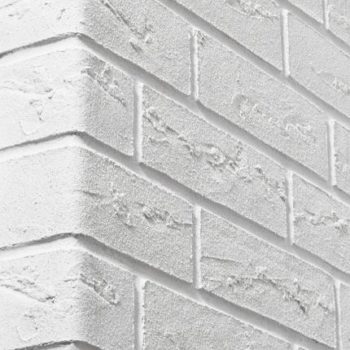
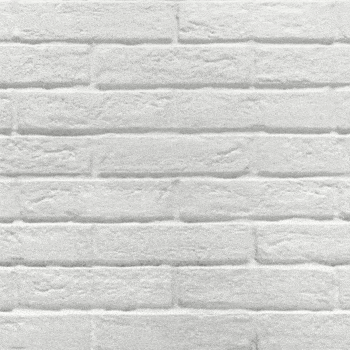
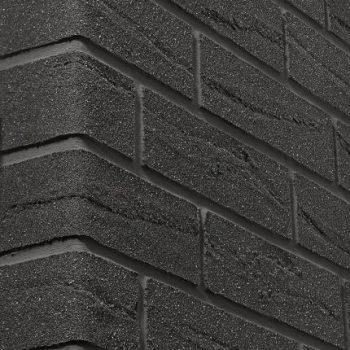
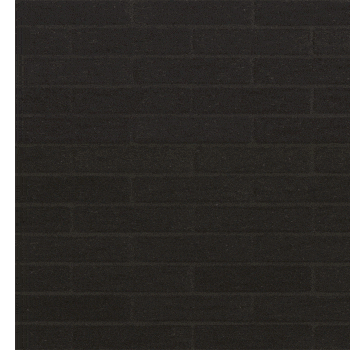

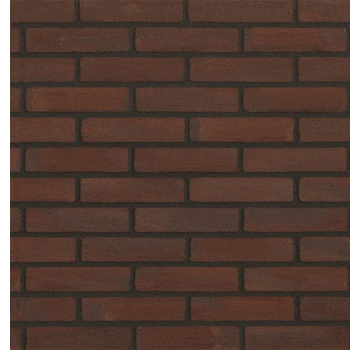
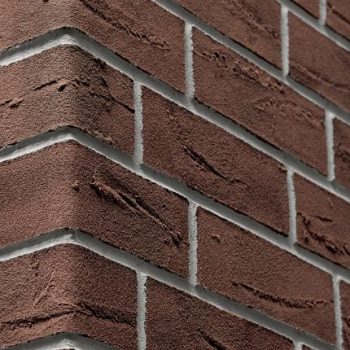
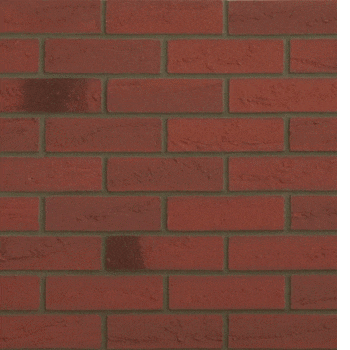


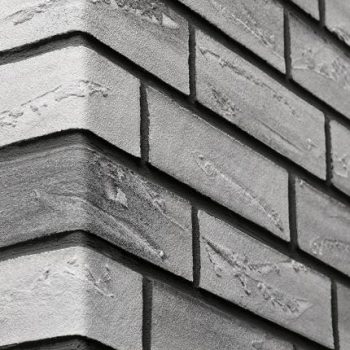
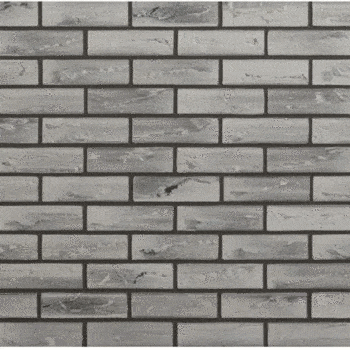
4 thoughts on “Ultimate Guide to Brick Slips”
I fit Brick Slips for my job. I’m based in Hertfordshire.
Hi John, great to hear, we’d love to see some pictures of it; email marketing@ewistore.co.uk
I have a brick slip cladding system on my kitchen extension, it’s a hook on type with metal brackets behind. I want to replace a good few tiles or maybe replace the rear wall and then I’d have plenty of spares for the future can any installers help.
Hi Dave, you can use our find installer tab () or give our sales team a call